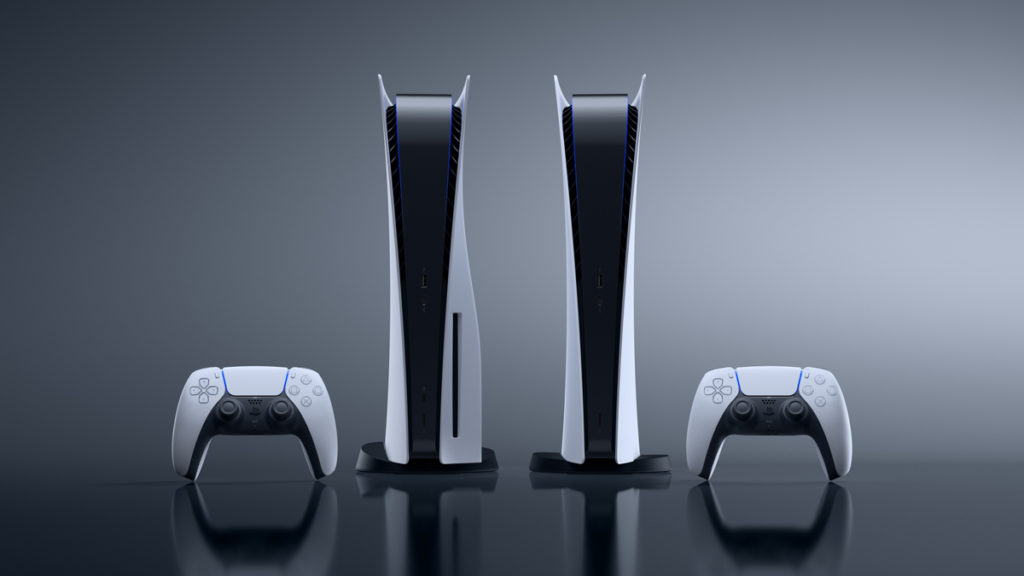Consoles are no longer the closed ecosystems they used to be a few generations back. They use mostly the same engine now on console, including the unreal engine. If the engine would support sli rendering on a console there is no reason for it to not support it on PC, except for artificial barriers.
There's still quite a bit more to it than that.
Technically, SLI (and CFX) are supported
today.
The main issues aren't really any different than they ever have been; they're just currently not worth developers' time to address, and so much so that hardware vendors have stopped trying themselves.
However, that changes in a 'closed' ecosystem. If the PS5 Pro is simply a PS5 + second GPU die, then developers have
no choice but to broach the topic. A big part of that would be figuring out split-frame rendering.
Which gets us to why the technology has been mostly abandoned on the desktop: the most direct solution for multi-GPU is
alternate-frame rendering, which when well implemented as say by Nvidia, results in a ~90% increase in framerates as well as about a frame or so of input lag.
When implemented poorly, see most of ATI/AMDs efforts up until the last five years or so, you get
worse performance in terms of frametimes along with all of the input lag.
This is what Sony can potentially 'fix' by forcing developers on to a specific solution. If they can get split-frame rendering working well where the rendering load for the current frame is truly shared between rendering hardware units without incurring an input lag penalty, then they have a chance at making it successful.
Just don't go thinking that such a solution would carry over to the desktop. Sony is likely to use some riced-up interconnect and caching scheme to make this work as it is both highly bandwidth and latency sensitive and likely won't port cleanly.
Now, that isn't to say that it can't be done; rather, it will take hardware, OS, and software developers to commit to the same level of effort that they've been avoiding these past few years. And to that end, it will take a real motivating factor, something like an accessible VR headset that does 4k120 per eye or someone actually finding 8k gaming to be useful or something.

